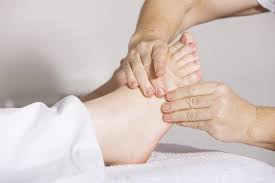
The Connection Between Physical Exercise and Mental Health: What You Need to Know
Physical exercise is often recommended for improving heart health, building muscle, or losing weight. But in recent years, research has revealed another powerful benefit: the positive impact of exercise on mental health. From reducing symptoms…





